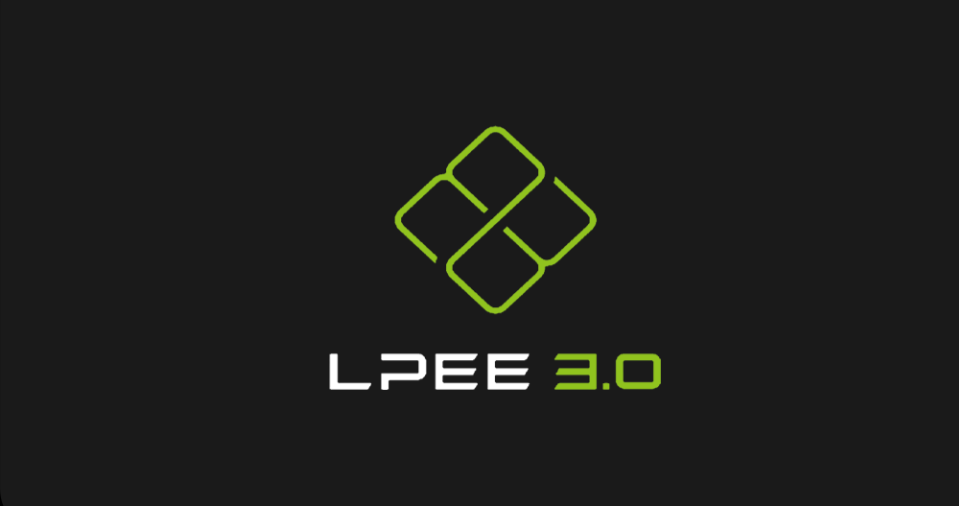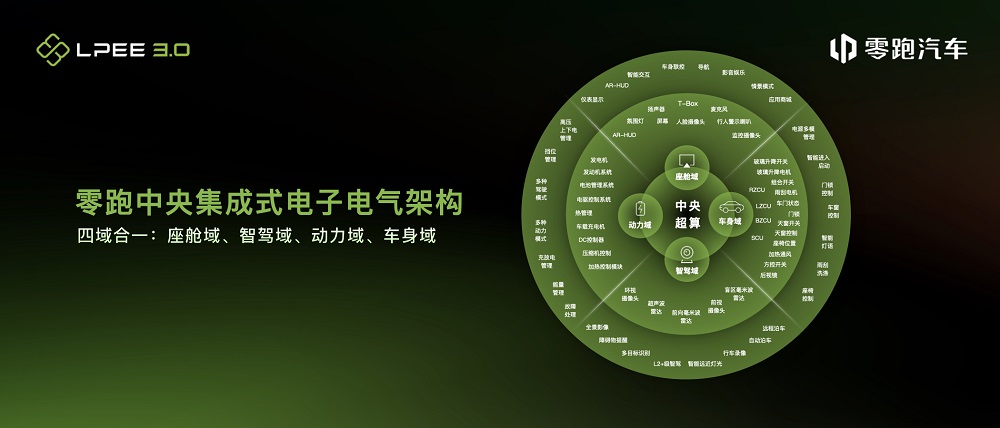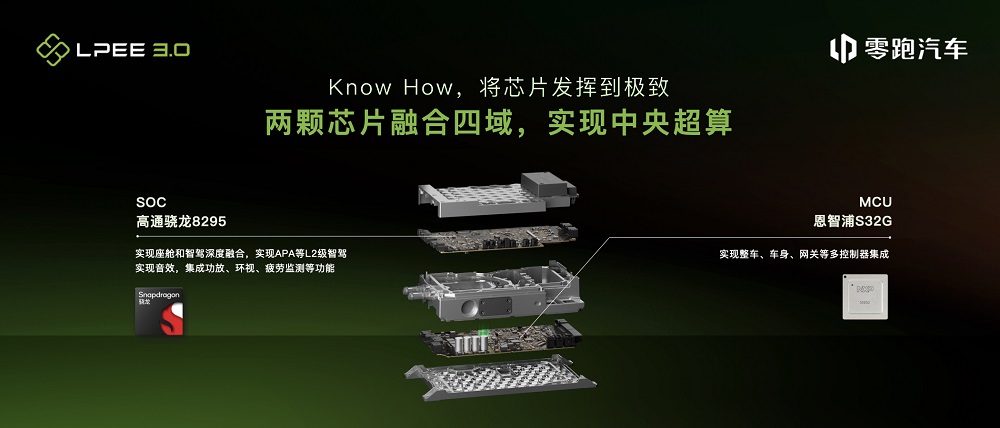Leapmotor unveils centralized electronic/ electrical architecture ‘LPEE3.0’
Beijing (ZXZC)- On July 31, Chinese new energy vehicle startup, Leapmotor, officially launched its centralized electronic and electrical architecture, the LPEE 3.0, which is also known as the “Four-leaf Clover” in Chinese.

Photo credit: Leapmotor
This innovative architecture adopts a "1 System-on-Chip (SoC) + 1 Microcontroller Unit (MCU)" solution to achieve central supercomputing capabilities, seamlessly integrating four domains - cabin, intelligent driving, powertrain, and body control - into a unified platform, covering 15 module functions. The first vehicle equipped with this architecture is set to debut in September 2023.

Photo credit: Leapmotor
The LPEE 3.0 architecture offers compatibility with two different SOC mainboard solutions: Qualcomm 8155 and Qualcomm 8295. The 8295 solution supports in-depth fusion of the cabin and intelligent driving domains, enabling Level 2 intelligent driving features such as ACC, LCC, AEB, as well as 360-degree surround view and fatigue monitoring. On the MCU side, it supports two versions, both the NXP S32G medium-spec and top-spec, achieving integration of multiple controllers for vehicle, body, and gateway functions.
By combining various configurations of these chips, the LPEE 3.0 architecture can provide three different levels of central supercomputing platforms, catering to different product tiers.

Photo credit: Leapmotor
Its entry-level solution includes Qualcomm 8155 + NXP S32G (3 cores), supporting integrated features such as 6 to 12 speakers, 4 screens, AR-HUD, 4 surround-view cameras, 1 facial camera, and 12 ultrasonic radars, without driving assistance functions.
The mid-level solution consists of Qualcomm 8295 + NXP S32G (7 cores), offering enhanced cabin applications and partial Level 2/L2+ intelligent driving capabilities, essentially achieving cabin-driving fusion through the Qualcomm 8295 chip.
Meanwhile, the high-level solution adopts Qualcomm 8295 + NXP S32G (7 cores) + NVIDIA OrinX combination, further enriching cabin applications and supporting the integration of LiDAR, HD maps, and more. This enables advanced Level 2++ intelligent driving features like high-speed NOA and urban NOA, accompanied by cameras and millimeter-wave radars.
Leapmotor boasts the LPEE 3.0 architecture's highly integrated design, reducing the number of controllers from 42 to 28, cutting down the wiring harness from 1,800 meters to 1,500 meters, boosting data bandwidth from 100 Mbps to 1,000 Mbps, and expanding power management modes from 10 to over 30.

Photo credit: Leapmotor
In addition to the hardware advancements, the LPEE 3.0 architecture also features a Service-Oriented Architecture (SOA) software design, with over 500 reserved interfaces, enabling flexible combinations of functions across cabin, intelligent driving, powertrain, and body control to provide a personalized driving experience for users.

Photo credit: Leapmotor
Leapmotor plans to extend the application of this new architecture beyond its own-brand vehicles through external collaborations for technology sharing.
Leveraging its in-house expertise in electronics and electrical architecture, battery, electric drive, cabin, intelligent driving, and vehicle development, Leapmotor can offer various technology collaboration possibilities based on the LPEE 3.0 architecture, including LPEE 3.0 + peripheral controllers, LPEE 3.0 + peripheral controllers + battery + electric propulsion, overall delivery of the lower car body technology sharing, and cooperation regarding complete vehicles.
By powering multiple dimensions of collaboration, Leapmotor aims to accelerate the widespread adoption of intelligent electric vehicles.

